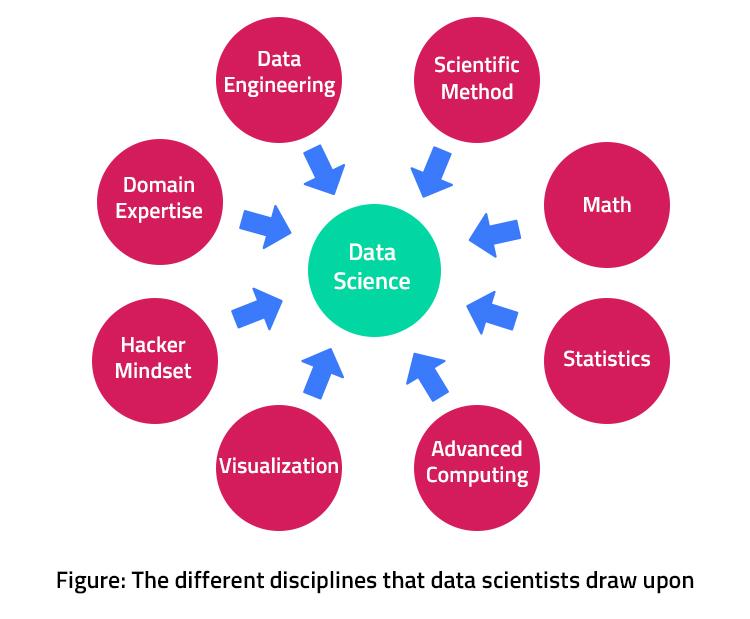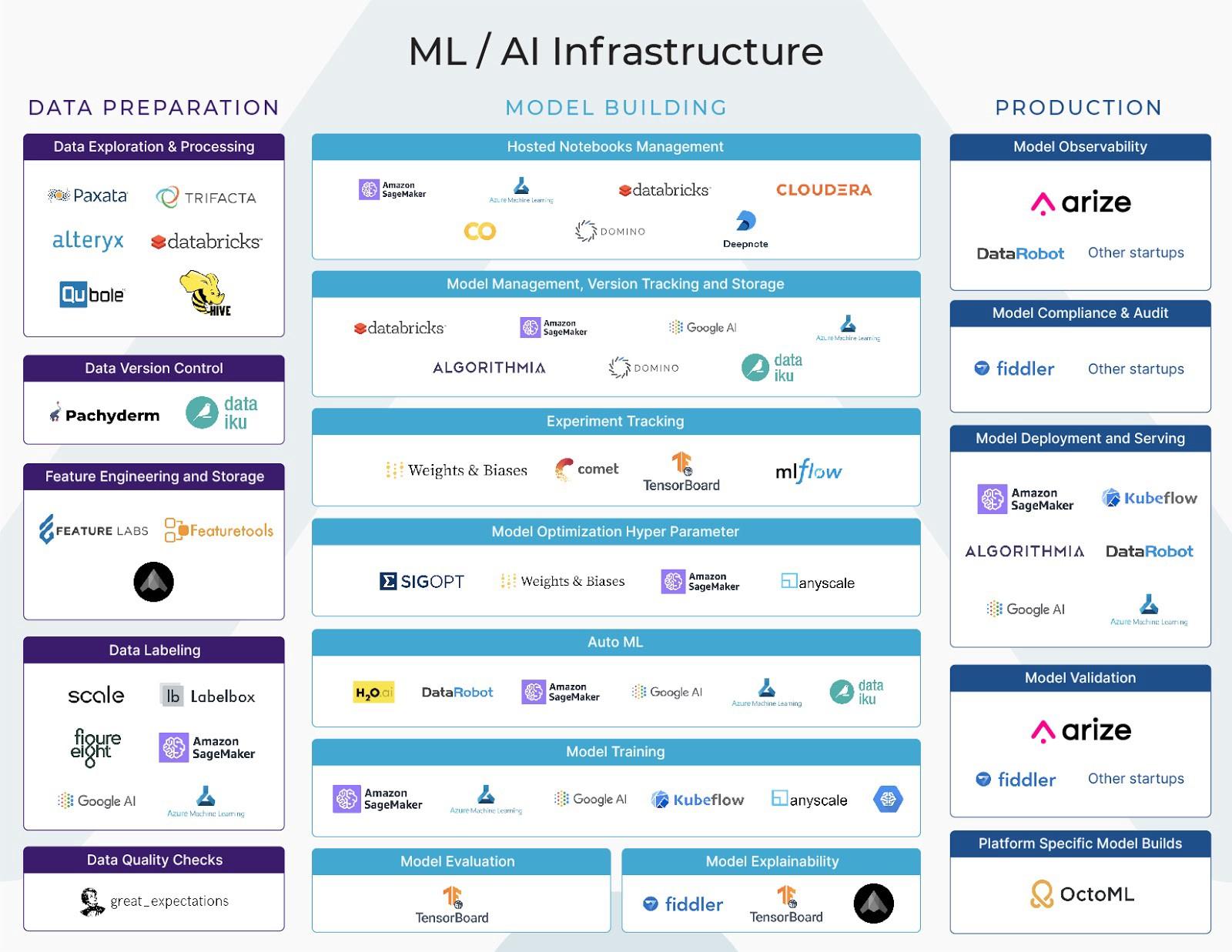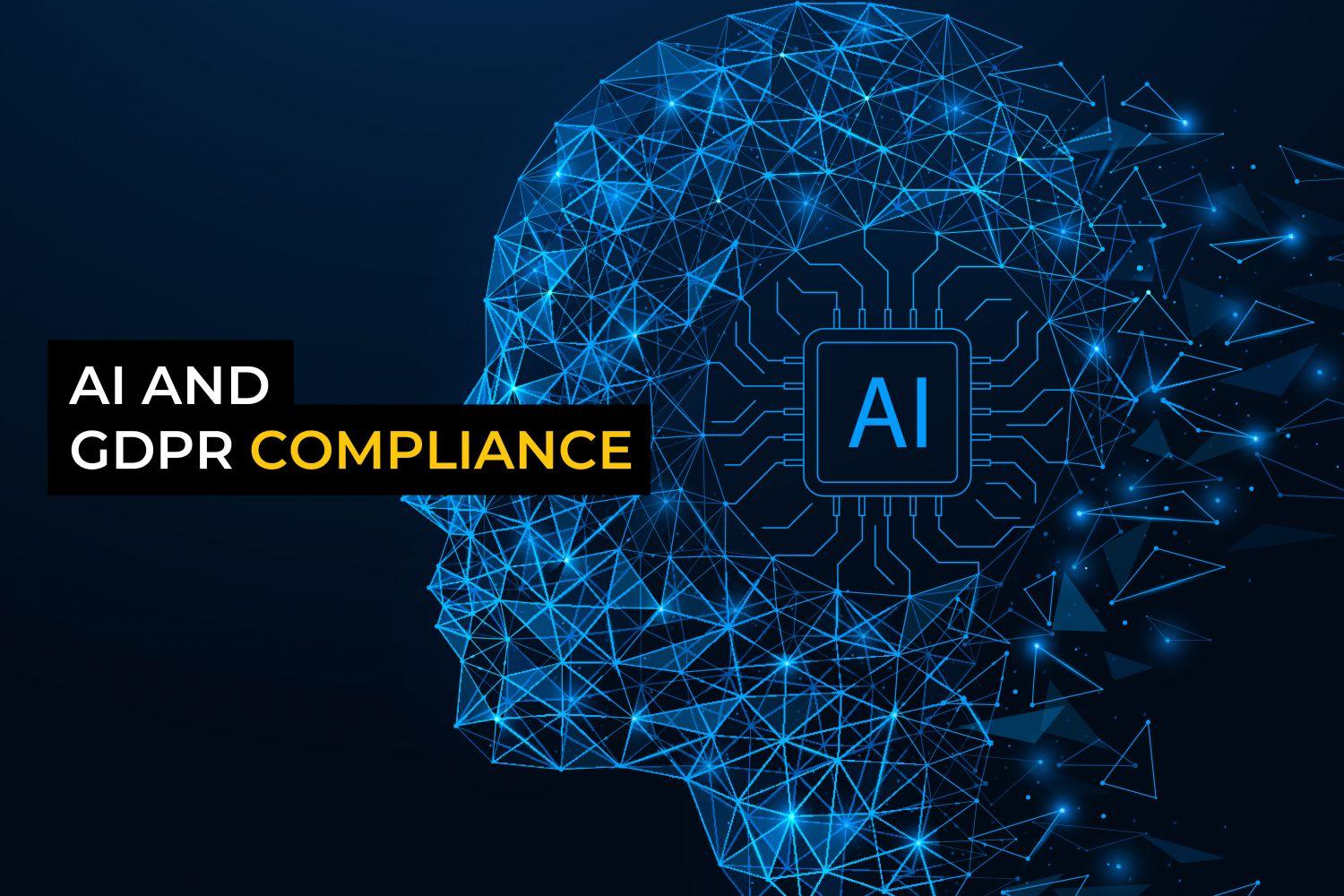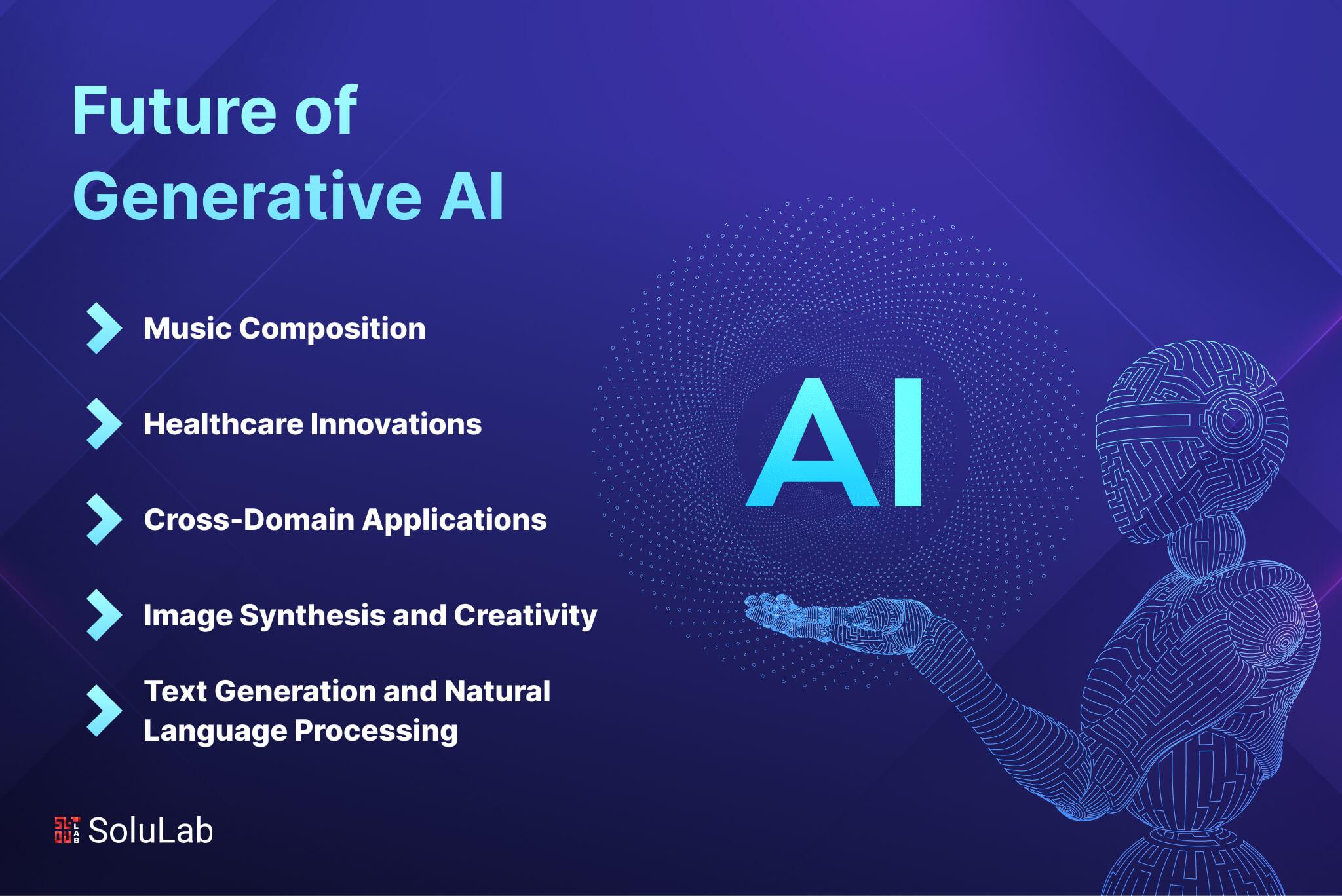In an era where innovation is the cornerstone of competitiveness, the banking sector stands on the precipice of transformation. Generative AI, with its ability to create rich, contextual outputs from vast datasets, promises to revolutionize the way financial institutions operate, interact with clients, and manage risk. As banks endeavor to remain relevant in an ever-evolving digital landscape, understanding the essential ingredients needed to harness this powerful technology becomes critical. This article explores five key components that can empower banks to effectively integrate generative AI into their operations, paving the way for enhanced efficiency, personalized customer experiences, and smarter decision-making. Join us as we delve into this exciting convergence of finance and technology, illuminating the path forward for institutions ready to embrace the future.
Unlocking Data Potential for AI Advantage
In the world of generative AI, banks have a unique opportunity to transform the way they operate, but this transformation begins with understanding and unlocking the value of their data. To fully leverage AI, financial institutions need to establish a foundation that promotes data accessibility and quality. This involves creating a centralized data warehouse where information can be easily gathered, stored, and analyzed. By employing robust data governance practices, banks ensure that data is not only accurate but also secure, ultimately facilitating more reliable AI-driven insights.
Furthermore, fostering a culture of collaboration between data scientists and business units is essential. Banks should consider investing in cross-functional teams that bring together diverse expertise, encouraging innovation and new ideas on how to utilize data. Training programs focusing on data literacy for all employees can empower staff at every level to recognize and exploit data opportunities. To illustrate the importance of this structured approach, consider the following table showcasing essential elements that contribute to effective data management in financial services:
| Element | Importance |
|---|---|
| Centralized Data Repository | Enables seamless access and integration |
| Data Governance Framework | Ensures quality, privacy, and security standards |
| Cross-Functional Teams | Promotes collaboration and innovation |
| Data Literacy Training | Empowers staff to leverage data effectively |

Building a Robust AI Infrastructure for Financial Institutions
To effectively harness the power of generative AI, financial institutions must lay down a resilient AI infrastructure that not only supports scalability but also ensures security and compliance. Data accessibility is fundamental; banks need to establish centralized data repositories where various data sources converge, enabling AI systems to extract and analyze information seamlessly. Additionally, establishing a cloud-based architecture facilitates flexibility and can dramatically reduce overhead costs associated with maintaining on-premises solutions. As banks strive for innovation, investing in data quality is imperative; AI systems perform optimally when trained on accurate, relevant, and high-quality datasets.
Moreover, the role of collaboration tools cannot be overstated; seamless communication between IT teams, data scientists, and compliance officers promotes a culture of innovation and ensures that all stakeholders are aligned. Rigorous governance frameworks must be instituted to address ethical considerations and regulatory compliance effectively, enabling organizations to navigate the complexities of AI adoption safely. Lastly, incorporating a continuous learning environment where models are routinely updated and trained on fresh data can significantly enhance performance and adaptability, driving sustained success in an ever-evolving financial landscape.

Cultivating a Culture of Innovation and Continuous Learning
To successfully harness generative AI, banks must foster an environment that encourages innovation and promotes continuous learning among all employees. This dynamic culture empowers teams to share ideas, experiment with new technologies, and embrace emerging trends. Workshops and hackathons can serve as excellent platforms for creative collaboration, allowing team members to generate and test new concepts in a safe space. Additionally, establishing learning circles—where employees gather to discuss recent advancements and share insights—can significantly enhance the overall understanding and application of generative AI.
Furthermore, incorporating mentorship programs is crucial for bridging the knowledge gap between seasoned professionals and younger talent within the organization. By pairing experienced employees with those eager to learn, banks can cultivate a community of innovation that thrives on shared knowledge. Feedback loops are also essential; encouraging employees to provide input on processes and initiatives can lead to unforeseen breakthroughs. To visualize the interdependencies of these elements, consider the table below:
| Element | Description |
|---|---|
| Workshops and Hackathons | Encourages creative collaboration and experimentation. |
| Learning Circles | Facilitates sharing of insights and advancements. |
| Mentorship Programs | Pairs experienced staff with learners for knowledge transfer. |
| Feedback Loops | Fosters continuous improvement and idea refinement. |

Ensuring Compliance and Ethical Standards in AI Deployment
As banks eagerly embrace the transformative potential of generative AI, the priority should be to establish frameworks that ensure compliance with existing regulations and uphold ethical standards. This involves creating a comprehensive governance framework that encompasses an array of guidelines to mitigate risks associated with AI deployment. Banks should invest in training programs for employees to understand the ethical implications of AI tools and ensure they are equipped to identify biases in algorithms. Additionally, forming dedicated teams to conduct regularly scheduled audits can help to evaluate AI model performance against compliance metrics and transparency benchmarks.
Furthermore, banks can foster a culture of accountability by adopting a robust reporting system for AI-related anomalies or ethical dilemmas. Engaging with stakeholders—including customers, regulators, and advocacy groups—will enhance the trust and credibility of AI applications within the financial sector. Key practices to consider include:
- Regular Ethical Assessments: Continuous evaluation of AI systems to align them with ethical standards.
- Stakeholder Engagement: Involving diverse voices in discussions around AI impact and usage.
- Transparent Data Usage Policies: Clearly outlining how customer data is collected, used, and protected.
- Bias Mitigation Strategies: Implementing methodologies to identify and rectify biases within AI models.
Final Thoughts
As we stand on the brink of a technological revolution, the integration of generative AI into the banking sector represents not just an opportunity, but a necessity. By embracing these five essential ingredients—data integrity, robust algorithms, regulatory foresight, a culture of innovation, and strategic partnerships—financial institutions can pave the way for a future that values efficiency, personalization, and security. The journey toward harnessing generative AI is not without challenges, yet the potential rewards are immense. As banks navigate this transformative landscape, cultivating these fundamental elements will be crucial in ensuring they not only keep pace with evolution but lead the charge toward a more intelligent, responsive, and customer-centric financial world. The future of banking is here; it is time to step forward and embrace it.
